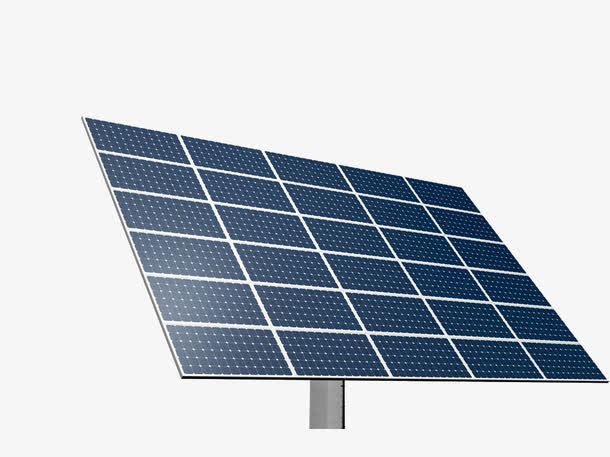The optimal angle for installing solar photovoltaic (PV) panels with the sun depends on the geographical location of the installation and the intended purpose of the solar system. The main goal is to maximize the amount of sunlight that the solar panels receive throughout the year to achieve the highest energy production.
In general, there are two main angles to consider when installing solar PV panels:
- Tilt angle (tilt from the horizontal plane): The tilt angle is the angle at which the solar panels are elevated from the horizontal plane. For fixed solar PV systems (non-tracking systems), the tilt angle is typically set to an angle equal to or slightly steeper than the latitude of the location. This allows the solar panels to receive more direct sunlight during the year.
For example:
- For locations near the equator (latitude close to 0°), the optimal tilt angle is approximately 0° to 5°.
- For locations at higher latitudes, like 30° N or 30° S, the optimal tilt angle is around 30°.
- Azimuth angle (orientation towards the sun): The azimuth angle defines the compass direction in which the solar panels are facing. Ideally, solar panels should be oriented to face true south in the Northern Hemisphere and true north in the Southern Hemisphere. This ensures that the panels receive the most sunlight during the day.
However, depending on the specific energy needs and the time of day when electricity consumption is higher, some installations might favor a slight east or west orientation to optimize energy generation during peak demand periods.
It’s important to note that solar tracking systems exist, which allow solar panels to move and follow the sun’s path throughout the day, maximizing energy production. These tracking systems can significantly increase energy output but are more complex and expensive than fixed-tilt systems.
For most residential and commercial installations, fixed-tilt systems with the appropriate tilt and azimuth angles for the location are commonly used, as they strike a good balance between cost-effectiveness and energy production. Consulting with a professional solar installer or using solar design tools can help determine the best tilt and azimuth angles based on the specific location and energy requirements.


